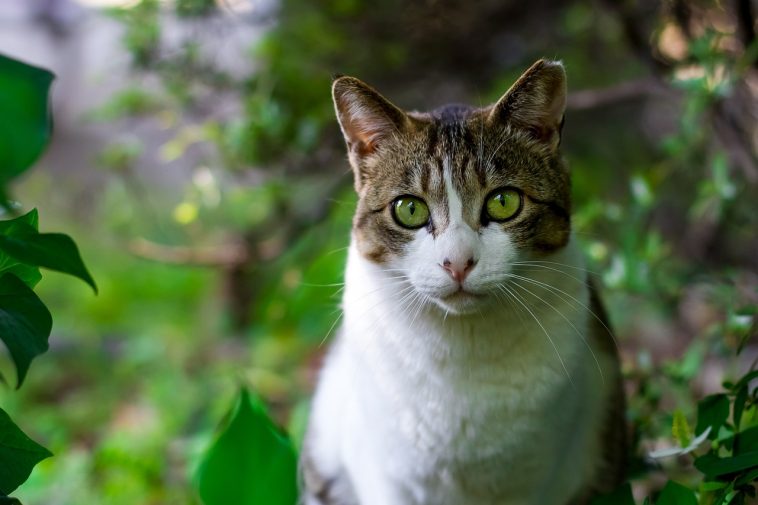Introduction: Discovering new spots on your beloved pet can be concerning, but in many cases, these spots have simple explanations. One common occurrence in orange cats is the appearance of dark spots, often attributed to a condition called lentigo. This article delves into the details of what causes these spots and whether there’s cause for concern.
Why Do Orange Cats Have Black Spots? The primary reason behind these dark spots is lentigo, a genetic condition characterized by an increased presence of epidermal melanocytes. As these pigment-producing cells multiply, small black or brown spots emerge on the cat’s face. Notably, lentigo isn’t exclusive to orange cats; it can also affect tortoiseshell, calico, yellow, and flame-point cats, typically appearing in middle-aged to older felines.
Signs of Lentigo in Cats: Lentigo often starts as tiny dots on the lips before spreading to the eyelids, gums, and nose. As the cat ages, these spots may grow in size and become more widespread. They may also cluster together, forming larger patches of pigment. Despite their appearance, these lesions are usually flat, distinct, and do not cause discomfort or irritation to the cat.
Causes of Lentigo in Cats: While human freckles are linked to sun exposure, the exact cause of lentigo in cats remains uncertain. Surprisingly, these feline freckles do not seem to correlate with increased sun exposure. Lentigo spots result from melanocytes producing more melanin than the surrounding skin, possibly due to genetic factors.
Diagnosis and Treatment: Veterinarians typically diagnose lentigo through a comprehensive physical examination, evaluating clinical signs and ruling out other health conditions. In some cases, a fine needle aspirate may be conducted to examine suspicious spots for cancerous cells. It’s important to note that lentigo itself is not a form of cancer and poses no direct health threat. However, routine veterinary check-ups are crucial to monitor for any potential melanoma spots.
Conditions Similar to Lentigo in Cats: While lentigo is generally benign, there are other conditions that can present with black spots. These include fleas and flea dirt, feline acne, and, more rarely, melanoma. It’s essential to consult a veterinarian if you notice any changes in the appearance of these spots or if they become raised or tender.
Conclusion: Discovering black spots on your orange cat’s face may be alarming, but in most cases, it’s likely to be lentigo—a benign condition. Nevertheless, it’s advisable to seek professional advice to ensure your cat’s health and well-being. Regular veterinary check-ups remain a crucial aspect of maintaining your feline companion’s health.



